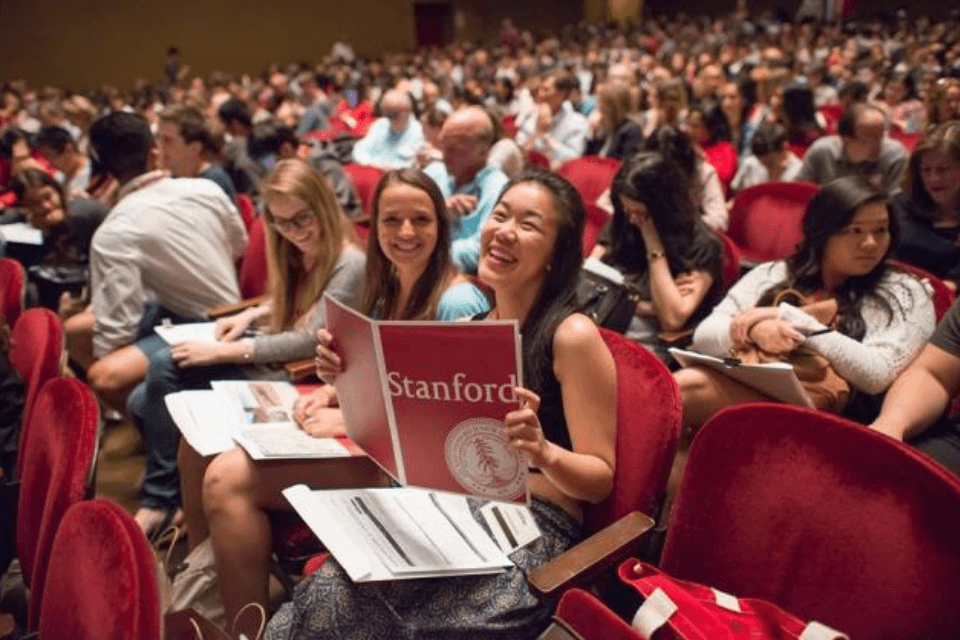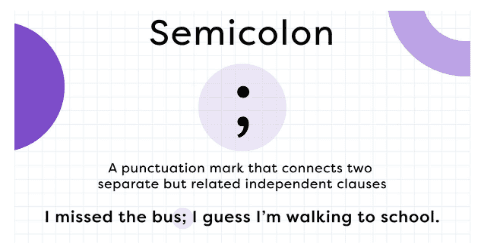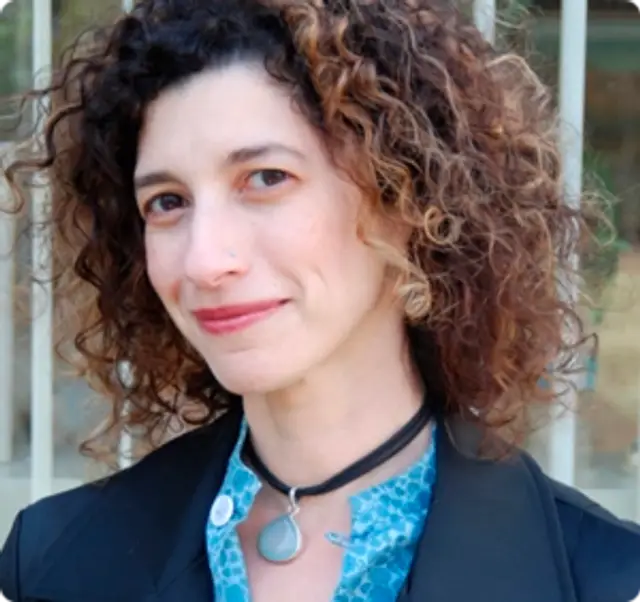How to Get Into Stanford: The Five Most Important Features of a Successful Stanford Application
5 minute read
Getting accepted to an elite university like Stanford involves so much more than exceptional grades and scores while keeping busy with extracurricular activities. It’s been well known for a decade that Stanford routinely rejects at least 69% of perfect SAT scorers. Harvard, too, looks well beyond grades and scores when selecting its incoming class. In 2015, for example, out of 3,500 students with perfect SAT math scores, 2,700 with perfect SAT verbal scores, and 8,000 with straight A’s, Harvard accepted a total of 1,990 students. Now, almost a decade later, with acceptance rates at record lows – Stanford’s 2022 rate was 4%, Harvard’s 3.2% – admissions officers at elite schools look well beyond the usual metrics and have become evermore discerning in shaping their incoming class.
So if the usual metrics are not enough, what does it take to get admitted to Stanford?

When our student Sara was admitted to Stanford during the 2022 REA round, the Blue Stars team and I realized she was the 13th student admitted to Stanford in our 13 years of existence. That interesting alignment led us to go back and review each student’s profile, distill the commonalities among them all, and, based on the analysis of our data pool of Stanford admits since 2011, reflect on the question: What “extra” attributes did these students bring to the table to gain acceptance to this ultra selective school?
Since Blue Stars applicants are admitted to highly selective schools every year, and because we work with our mentees so intimately – focusing on their personal growth throughout high school as the foundation for our practice – we thought it might be helpful to share our deep understanding of the road to Stanford with the Polygence community of knowledge seekers. In doing so, we’ve come up with these five most important features of a successful Stanford undergraduate application.
Does Getting Admitted to Stanford Require Highly Focused Academic Interest?
Blue Stars students accepted to Stanford had a very focused academic interest, backing it up through educational experiences beyond the high school curriculum to demonstrate that interest in a concrete way. All of our students managed their time so they could excel in subfields of their main interests and then advance in that subfield. Below are some examples of our students to consider:
One student intrigued by computational biology attended the University of Chicago’s Summer Immersion course in Mathematical and Computational Research in Biological Sciences, and then developed an AI model for multiple sclerosis by participating in the Computational Neuroscience Track at BU RISE the very next summer.
On the humanities side, a student who planned on majoring in English attended Young Writers Workshops at both Kenyon and Smith Colleges and also interned for The New York Times.
A student admitted to Stanford, Harvard, Yale, and Princeton investigated black holes with a professor at Caltech all four years of high school.
Other students self-studied for AP classes or took supplemental classes to jump ahead in their curriculum. Some took courses at local community colleges or online classes through platforms like Coursera.
Improve your admissions edge with research
Polygence pairs you with an expert mentor in your area of passion. Together, you develop your own schedule as well as your own idea, to create a high quality research project that is uniquely your own. You We also offer options to explore multiple topics, or to showcase your final product!
What is a “Sparkling” Writing Style?
Successful students' essays universally displayed a "sparkling'' writing style in all application essays. Essay topics often emphasized exploration in academics, displayed a "confident humility" (no bragging), showed an optimistic approach to the future, and a willingness to change and grow.
Would you believe it if I told you that one of our students devoted an entire 250-word supplemental essay to her love of a punctuation mark, the semicolon? Well, the admissions officer who’d read the essay not only loved it but approached her to discuss it during Stanford’s new student orientation!

Another applicant, who’d planned to become a civil engineer helping under-resourced regions secure clean water, began one of her essays with the opening witty line: “In my future, I see sewage.”
Often it was simply the story-telling that sparkled because it revealed a flaw, a mistake, a reckoning, or a complicated but illuminating personal journey, like the student who “upgraded” her age one summer, keeping her younger self a secret, so she could qualify for participation in an arts master class, which advanced her skills tremendously and contributed to her growth as an artist, or the applicant who chose a lower-key route for her passion project, a STEAM tutoring organization for under-resourced students, rather than grow it with collaborators whose ethics she found questionable. Her Common Application narrative detailing the twists and turns of her soul searching is truly riveting!
How Can You Demonstrate Initiative and Independence?
Showing initiative and independence goes far with Stanford’s selection committee. Rather than joining established clubs, Blue Stars Stanford admits started new clubs or groups. Typically, 75% of their activities were initiated while only 25% already existed at school.
Below are some examples from our students for consideration:
One of our students, observing how isolated senior citizens in her community feel, founded a technology education class at the local library, teaching them how to use social media and connect with their grandchildren. This project played a large role in her supplemental essays.
Another student who wanted to do more for immigrant families staying at a shelter near her school ended up introducing herself to them, cooking with them, gathering their recipes, and creating cookbooks to raise money to support those very families.
One of our science students who’d studied the biotechnology behind Covid vaccines and become bothered by disinformation about them during the pandemic began a national organization promoting science literacy.
A student who’d taught at a rural school in China earlier in high school went on to raise funds for the village’s library. Other students created neighborhood summer camps for low-income students, organized book drives, and engaged directly in social issues, like raising awareness about domestic violence.
What is Creative Thinking & Living?
Stanford responds well to students who are creative in their thinking, in their lives, and in facing obstacles. A truly robust example is our student who sought a more independent life, chose a boarding school outside of her home country, and remained laser-focused on creating an international impact through her extracurricular activities; she spent time in China developing a therapeutic theater program for “left behind children” and supported refugees in Serbia by conducting workshops for learning English and job readiness skills, all while playing lacrosse and spearheading literary events at her school as editor of the school newspaper.
Also unforgettable is the student who advocated for Muslim-American rights and cultural acceptance even though she was of Chinese-American heritage and not personally affected by this form of discrimination. She then took her curiosity further by writing a research paper tracing the legal nuances between the First Amendment's Free Exercise clause and Sharia Law. A feminist energized by Khaled Hosseini’s books, as well as by Wendy Davis’ reproductive rights filibuster in Texas, this student devoted her 250-word response to the prompt “What Matters and Why?” to an exquisitely argued call for the integration of female bodily integrity into civil society. Her early introduction to Black Twitter and love of Indie electronic music only further solidified the appeal of this student, who at the time planned on a English-CS double major.
Your Project Your Schedule - Your Admissions Edge!
Register to get paired with one of our expert mentors and to get started on exploring your passions today! And give yourself the edge you need to move forward!
How Can You Show Your Authentic Inner Core?
This one is tough to describe, but we’ve found that successful Stanford admits possess what we would call an authentic inner core.
Looking back at the pool of students we’ve worked with, we can say that each student had a rich resume, but it was not “padded.”
Rather, it was clear the activities came from a series of connected curiosities rather than a desire to meet the imagined expectation of an admissions officer.
Our computational linguistics student, for example, was a decided Francophile who excelled in French studies alongside his more technical subjects. French led him to linguistics, which led to a class trip to Alaska to study endangered languages, which next led to an internship during which he invented code for an academic institute in France preserving languages on the verge of going extinct. In the midst of this, he founded the school’s Linguistics Club and also explored the limits of language through his own multimedia fine art work. As you can see, while his activities vary, they all make sense together if one understands who this student is.
Likewise, the student who saw sewage in her future ardently read about environmental issues affecting poor communities and throughout high school led a group of students who traveled to San Francisco from their suburban hometown to feed homeless people, getting to know some of their outdoor guests in the process. She also showed herself to be an insatiably curious person, studying the Italian language and writing novels in her free time.
One last note: consistent among all of our Stanford admits is an avid practice of reading widely across topics and genres, and well outside of any assigned curriculum in school. Our sociology student devoured the work of political scientist Robert Putnam, which inspired many of her community projects. Our theater student delved into Antonin Artaud as she designed a theater program for elementary school students. From Madame Bovary to James Baldwin’s essays, exposure to good writing played a key role in shaping the ideas that fueled our students’ unique projects, written reflections, and vital critical thinking in all endeavors.
Concluding Thoughts
As you can see, the students we’ve worked with who were admitted to Stanford presented themselves not as achievers checking off admissions requirement boxes but as internally driven individuals on a quest they set for themselves. Each activity was important to the student, and all of the activities together communicated a unified and unique personal journey, which then came through in every aspect of their application, from the essays to activity list to letters of recommendation.
From my vantage point as a seasoned high-performance admissions coach with over 15 years of consistent results in the field (my work brought about similar results for a Cupertino consultancy before a high schooler I was coaching, who wound up going off to Harvard, urged me to start my own business) and as a practicing philosopher focused on the best methods and habits for human flourishing, I can’t stress enough the importance of a vibrant inner life for successful college admissions. When many applicants present similar classes and sports, clubs, etc., the ultimate deciding factor will be who the applicant is – what they think, and how they think.
While my suggestions relate to Stanford specifically, any college would be receptive to the qualities outlined in this article. Students can’t go wrong when they showcase their focus, initiative, independence, humility, creativity, and authenticity in their college applications. These qualities can advance a student into an honors program, or to merit scholarships. So I hope that any college-bound teen finds this information useful!
The team at Blue Stars encourages clients to start early. With our help, students can plan and organize their high school journey with a little more breathing room to bring about the best possible outcomes. Wishing you the best in your college planning journey!
Want to start a project of your own?
Click below to get matched with one of our expert mentors who can help take your project off the ground!
